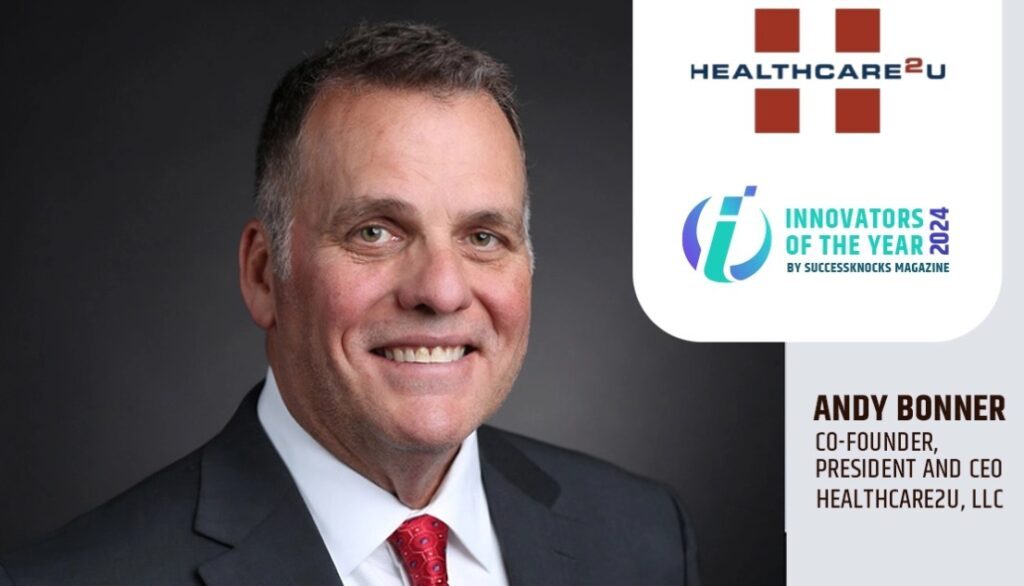According to the CDC, 60 percent of Americans suffer from at least one chronic disease like heart disease, cancer, stroke, chronic obstructive pulmonary disease (COPD), and diabetes. These and other chronic conditions lead causes of death and disability in America, and they are also a leading driver of health care costs—to the tune of $3.5 trillion per year. It’s even more sobering to realize chronic diseases are responsible for 70 percent of deaths in the U.S., killing more than 1.7 million Americans annually. When looking at the impact of chronic conditions, the proactive prevention of these diseases is truly the best strategy.
What is a Chronic Disease?
Chronic disease is a physical or mental health condition that lasts more than one year and causes functional restrictions or requires ongoing monitoring or treatment. Some of the more common conditions include:
- Anxiety
- Arthritis
- Asthma
- Blood Pressure
- Fibromyalgia
- GERD
- Gout
- Hypertension
- Thyroid
- CHF
- COPD
- Depression
- Diabetes
Being Proactive is Easier Than You Think
Stress, smoking, lack of physical activity, alcohol, and poor diet are significant contributors to the leading chronic diseases. Being proactive and screening for diseases before they start is one of the best ways to prevent chronic conditions. However, many people fail to establish a relationship with a primary care physician because they think they can’t afford it.
With mounting pressure from insurance companies to limit the time they spend with patients, many primary care providers also lack time to focus on proactive prevention and treatment options with patients. Fortunately, the direct primary care (DPC) model has grown in popularity recently. DPC shatters various healthcare barriers, including expenses that may have prohibited patients from getting primary care in the past. Also, DPC has given physicians the freedom to put patients first again.
Traditional models of health care address symptoms of a disease after it has escalated, but to prevent chronic diseases, we need a more comprehensive approach. This approach is where practical and consistent primary care comes in. By building an ongoing relationship with patients and their families, practitioners in a DPC environment can offer tailor-made solutions.
Primary Care is the Cornerstone
DPC providers have the time and resources to inform patients about their chronic disease risk best and improve their overall health. The idea of healthcare was always for doctors and patients to work together to improve health outcomes by being proactive rather than reactive.
Direct Primary Care offers members access to unlimited primary care visits for a low monthly fee. There are no insurance deductibles or expensive copays to meet. When a patient can spend as many sessions as necessary with their doctor, they can get to the root causes of chronic diseases without going in circles and racking up medical bills they can’t afford.
One of the many functions of primary care is to educate people on underlying lifestyle risk factors as well as create personalized prevention plans. Understanding a patient’s medical history, family history, and lifestyle helps doctors recommend resources, lifestyle changes, and necessary medication to mitigate or control symptoms.
Prevention is Best
Exercising, proper nutrition, drinking less, and quitting smoking can provide health benefits and a greater sense of well-being. But establishing an ongoing relationship with a primary care provider is even more critical when it comes to preventing and managing chronic disease.
For more information on how DPC can help your clients manage and prevent chronic disease effectively and affordably, contact Healthcare2U.







